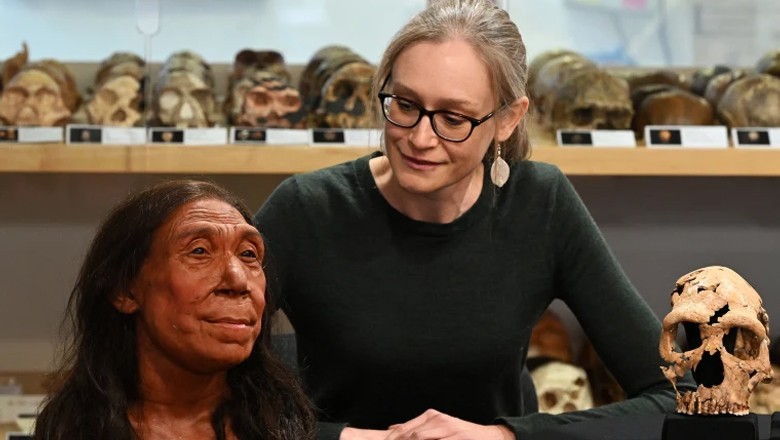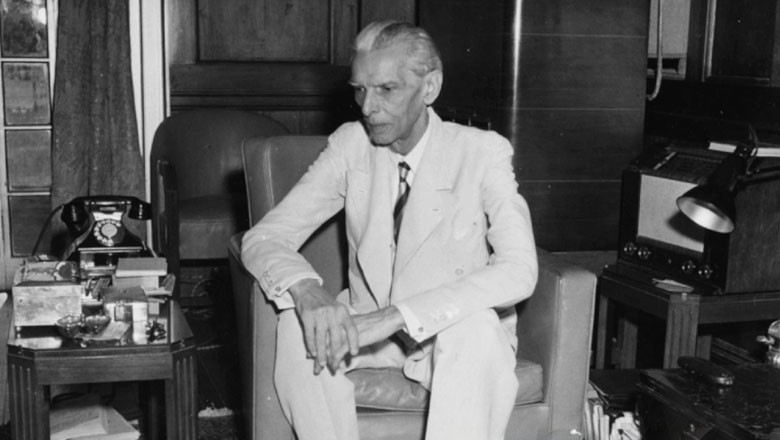Scientists reveal face of 75,000-year-old Neanderthal woman

Web Desk
|
3 May 2024
After six years of meticulous work, scientists have pieced together the 200 fragments of a Neanderthal skull, revealing the face of a woman who lived 75,000 years ago.
The research team named her Shanidar Z and reconstructed her face to provide insights into the appearance of this extinct human species.
The results suggest that Neanderthals may have shared more facial similarities with modern humans than previously thought.
The archaic human species was the closest relative to Homo sapiens, who emerged around 700,000-300,000 years ago. They lived alongside modern humans for a time but eventually disappeared about 40,000 years ago.
"While Neanderthal skulls exhibit prominent brow ridges, lack chins, and have a projecting midface leading to larger noses, the recreated face suggests these differences were less pronounced in life," explained Emma Pomeroy, a paleoanthropologist at Cambridge University.
Her facial reconstruction is featured in the documentary "Secrets of the Neanderthals," produced by the BBC and released on Netflix on Thursday.
Only half of Shanidar Z's remains recovered, which made it difficult to determine her gender. The team analysed her tooth enamel proteins, a technique that helped them identify her as female.
This research will shed light on the interbreeding between human species that resulted in modern humans carrying Neanderthal DNA.
The archeological team pieced together 200 bone fragments with glue. The glued fragments were carefully removed in blocks wrapped in foil for protection.
Each bone fragment underwent a CT scan in the lab to create detailed 3D images.
The team then meticulously pieced the fragments back together, similar to solving a complex 3D puzzle.
Shanidar Z, discovered in a cave in Iraq in 2018, was one of ten Neanderthals found in remarkably well-preserved condition.
A prominent feature of the site is a vertical rock formation, which experts believe may have served as a landmark for this burial ground.
The discovery and research reveal that the Neanderthal had a deeper understanding and significance of death as opposed to previous assumptions.
The “persistent use of places in both life and death is a significant Neanderthal trademark — it’s another aspect we share with these ancestors,” said Clive Gamble, an archaeologist at the U.K.’s University of Southampton, who was not part of the research.












Comments
0 comment